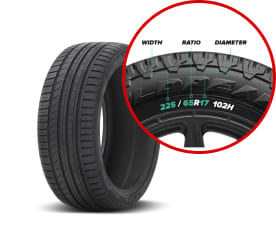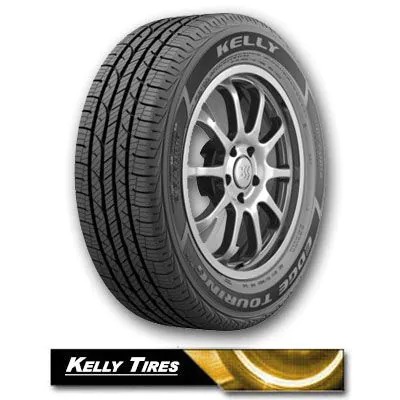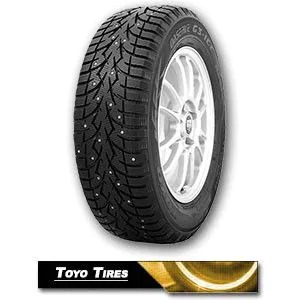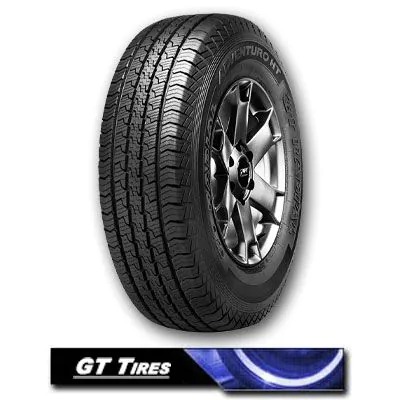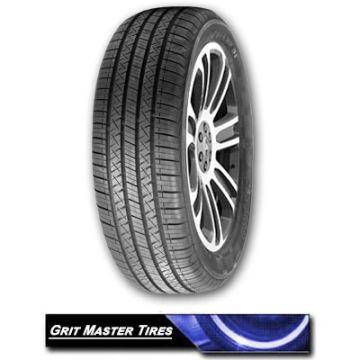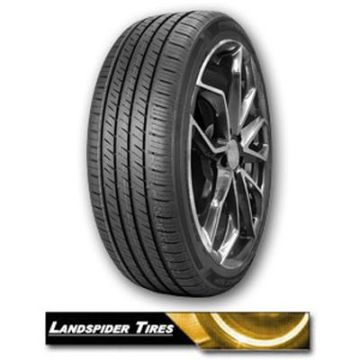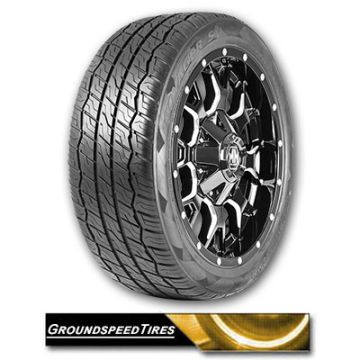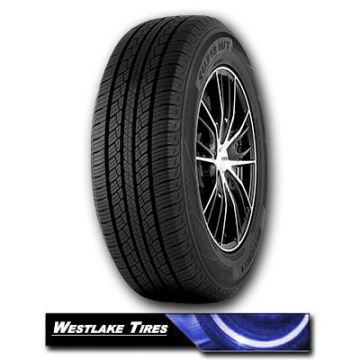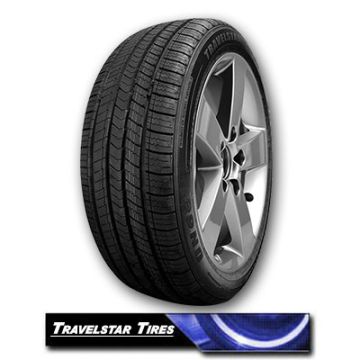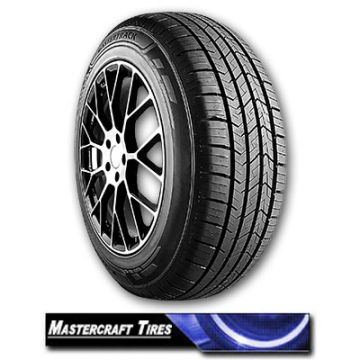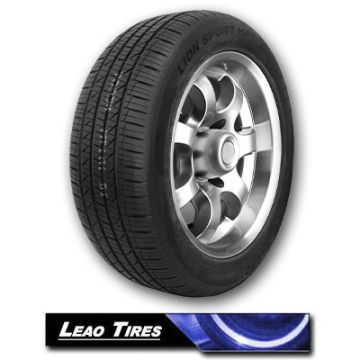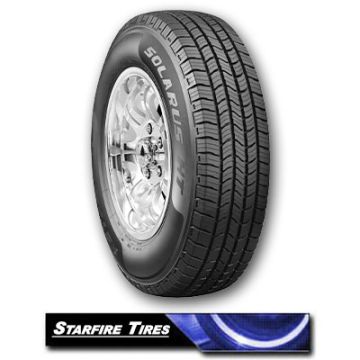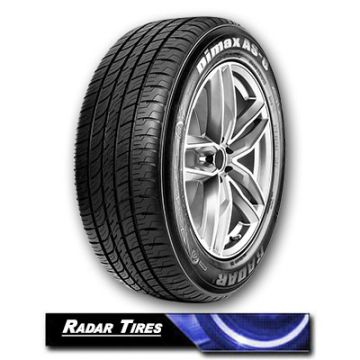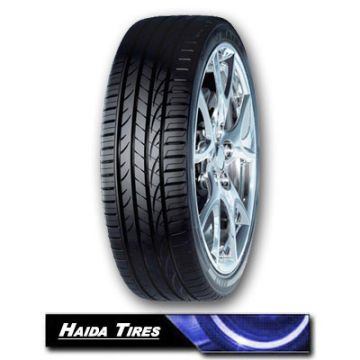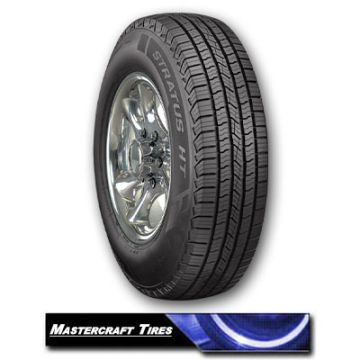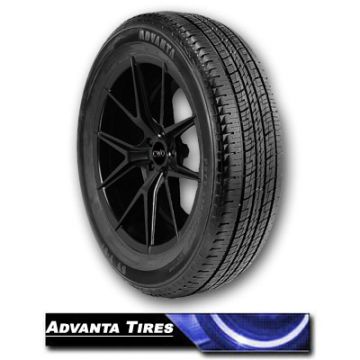Frequently Asked Questions
The standard cold inflation pressure for a 245/55R19 tire is 30-35 PSI. However, the ideal tire pressure varies slightly with different tire types and the make of your vehicle. The best source for your specific make and model’s PSI is the placard at the driver’s door jamb or your vehicle’s owner’s manual.
It is the tire size information. The 245 is the tread width measured in millimeters. 55 is the ratio in percent of the sidewall’s height to the width of the tread. “R” is an abbreviation for radial construction, and 19 is the wheel diameter in inches, which is by the tire.
This tire size, once properly mounted and inflated on a 19-inch wheel, has an overall width of about 28.3 inches. A 9.6-inch tread face and a 6.6-inch sidewall height are included in this, which is broad and high. This kind of tire is has a larger 55% aspect ratio.
The most closely matching dimensional equivalents would be tire sizes 255/50R19, 235/60R19, or 235/55R19. These variations are close in general diameter and tread width, and mounted tire sidewall height variations are only around an inch.
While most vehicle manufacturers recommend rotating 245/55R19 tires every 5,000 – 8,000 miles to achieve uniform tread wear on all four tires and extract the most useful life from the treads, the perfect rotation intervals may vary. Some of the factors include your driving style, alignment valuations, vehicle weight, and others.
